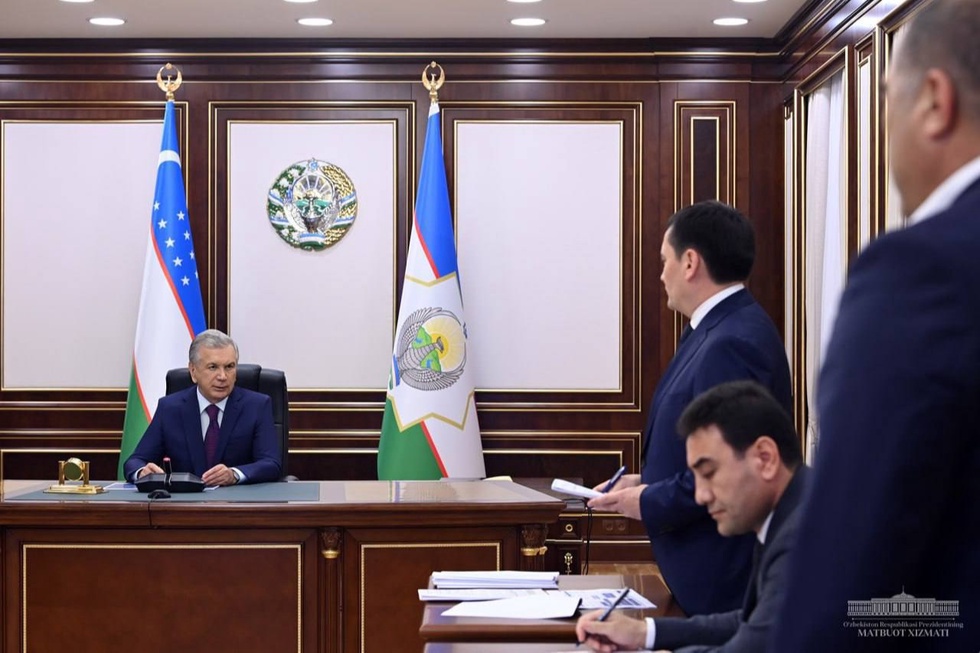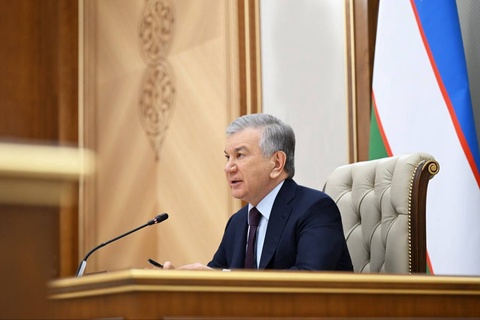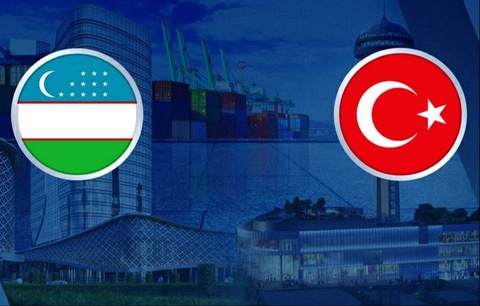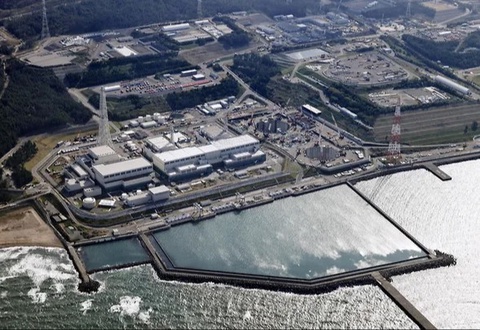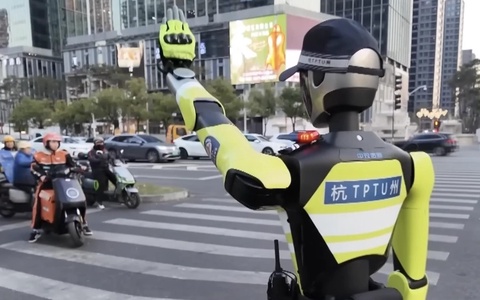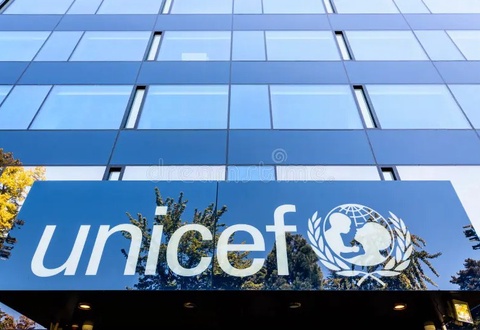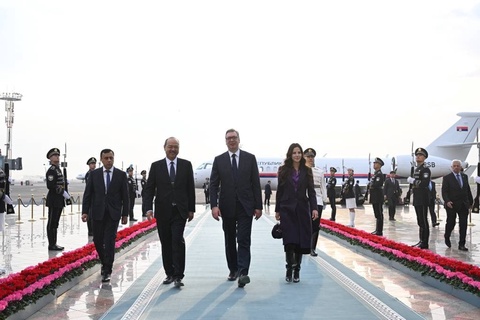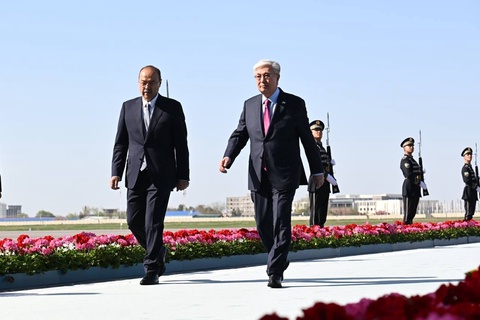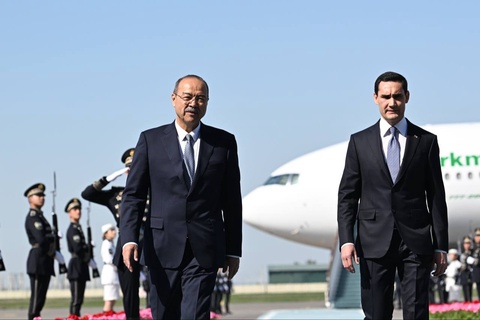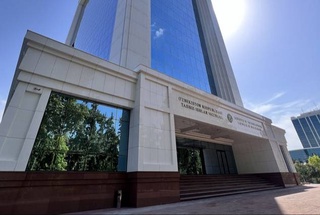On October 10 last year, a resolution of the President was adopted on the transformation of the Uzbekistan Railways JSC. An international consulting company was attracted to facilitate this process.
Six independent enterprises began operating as part of the company, engaged in infrastructure, wagon maintenance, passenger transportation, and other areas. Ineffective and duplicate tasks were combined, and unnecessary ones were reduced.
The rolling stock fleet was replenished with 1,040 freight cars and 45 passenger cars. The duration of freight transportation on domestic routes was reduced by 2 times. Due to the construction of two additional electrified lines at the Keles station, the capacity of trains around Tashkent increased by 30 percent.
As a result of these reforms, Uzbekistan Railways, which had been operating at a loss for many years, began to make a profit.
The upcoming tasks and pressing issues that require solutions were also considered at the presentation.
Recently, consumers have made many complaints about the condition of passenger cars and problems with the cooling system. 143 cars require repairs, and 59 locomotives have reached the end of their service life.
Therefore, $50 million has been allocated from the Industrial Development Fund for the production of new cars. An agreement has been reached with Chinese partners on the supply of 38 locomotives and the modernization of 12 electric locomotives for 181 million dollars.
Responsible persons presented information on plans to update the train fleet at the expense of these funds.
Last year, at a meeting with voters in Karakalpakstan, Shavkat Mirziyoyev announced that a high-speed train from Tashkent to Nukus would be launched.
For this, 6 modern electric trains from the South Korean company Hyundai Rotem are planned to be purchased. Currently, the electrification of the 465-kilometer-long Bukhara-Urgench-Khiva railway is underway and planned to be completed by the end of the year. In the coming years, the 196-kilometer Miskin-Nukus line will also be electrified, reducing travel time from 16 to 7 hours.
During the presentation, instructions were given on privatizing the joint-stock company’s non-core facilities, improving the quality of services, and increasing the sector’s service exports.


